Hypoglycemia is a condition with a significant, pathological decrease in glucose concentration in the patient's blood. The specialists diagnose hypoglycemia when blood glucose levels exceed 70 mg/dl (3.9 mmol/l).
Glucose is a simple sugar that is the primary energy source for the body's functioning. When the amount of glucose in the bloodstream is too low, the functioning of numerous organs is impaired, and disease symptoms develop. Prolonged, severe hypoglycemia may pose a serious threat to the patient's health and even life.
Hypoglycemia may occur both in the course of certain diseases and as a result of the effects of certain drugs or toxic substances on the body. The first symptoms may appear at different blood sugar levels – this feature is quite individual, and each patient may react differently to lower glucose levels.

There are several types of hypoglycemia![]() . It may accompany developed diabetes or not, it may have different causes and lead to various complications.
. It may accompany developed diabetes or not, it may have different causes and lead to various complications.
There is severe hypoglycemia![]() , in which the sugar level is significantly lower than considered normal, and mild hypoglycemia
, in which the sugar level is significantly lower than considered normal, and mild hypoglycemia![]() , in which the deviation from the norm is smallish. However, people with low sugar levels should always be consulted with a doctor, and appropriate tests should be done according to their recommendations. That is because untreated disorders may worsen over time and lead to serious health consequences, which – after early diagnosis and prompt treatment – can be effectively avoided.
, in which the deviation from the norm is smallish. However, people with low sugar levels should always be consulted with a doctor, and appropriate tests should be done according to their recommendations. That is because untreated disorders may worsen over time and lead to serious health consequences, which – after early diagnosis and prompt treatment – can be effectively avoided.
There are several types of hypoglycemia, depending on when the blood sugar drops.
One of the most common types of hypoglycemia is reactive hypoglycemia![]() , also called functional or postprandial hypoglycemia. As the latter name suggests, it is characterized by a drop in blood glucose levels after eating, usually within 3-5 hours after a meal.
, also called functional or postprandial hypoglycemia. As the latter name suggests, it is characterized by a drop in blood glucose levels after eating, usually within 3-5 hours after a meal.
It is one of the types of hypoglycemia in people without diabetes![]() . Its etiology is still not fully known, although specialists suspect that it may be related to an unhealthy lifestyle, lack of physical activity, an improperly balanced diet, and frequent consumption of products with high sugar content.
. Its etiology is still not fully known, although specialists suspect that it may be related to an unhealthy lifestyle, lack of physical activity, an improperly balanced diet, and frequent consumption of products with high sugar content.
Reactive hypoglycemia sometimes occurs in people with prediabetes or patients after gastrointestinal surgery. However, most often, it is idiopathic, i.e., the one with an unknown cause.
Symptoms of non-diabetic hypoglycemia are visible when glucose levels drop, and the most important of them are:
Hypoglycemia without diabetes can also be a severe condition, so if you notice such symptoms, you should immediately consult your doctor.
Since the symptoms of hypoglycemia are usually quite obvious, if they happen, you can react in time and raise the sugar level, e.g., with preparations containing glucose.
It is worse if hypoglycemia occurs at night. Then you can sleep through its symptoms, which sometimes leads to dangerous conditions such as coma. For this reason, any level fluctuations cannot be ignored, and if they are diagnosed, it is better to remain under the constant supervision of a doctor.
Nocturnal hypoglycemia![]() affects diabetics. Due to the timing of its occurrence, in addition to drops in glucose levels at night, it is sometimes referred to as morning hypoglycemia, i.e., too low sugar levels on an empty stomach right after waking up.
affects diabetics. Due to the timing of its occurrence, in addition to drops in glucose levels at night, it is sometimes referred to as morning hypoglycemia, i.e., too low sugar levels on an empty stomach right after waking up.
Its occurrence is the result of insufficient glucose synthesis in the liver accompanying severe conditions such as:
The symptoms of fasting hypoglycemia![]() are similar to those characteristic of other types of hypoglycemia. However, because this type accompanies serious chronic diseases, its symptoms may coexist with those of a given condition.
are similar to those characteristic of other types of hypoglycemia. However, because this type accompanies serious chronic diseases, its symptoms may coexist with those of a given condition.
In addition to hypoglycemia caused by internal factors (diseases, insufficient insulin production, etc.), we have the so-called iatrogenic hypoglycemia![]() , i.e., caused by external factors. The adjective “iatrogenic” means that something is harmful to the patient as a result of inappropriate treatment. However, in the case of too-low sugar levels, drug-induced hypoglycemia is only one possibility.
, i.e., caused by external factors. The adjective “iatrogenic” means that something is harmful to the patient as a result of inappropriate treatment. However, in the case of too-low sugar levels, drug-induced hypoglycemia is only one possibility.
The drop may be caused by insulin or other agents that lower blood glucose levels. Most often, insulin overdoses are unintentional, but there are cases of mental illnesses in which patients intentionally become hypoglycemic.
Other types of iatrogenic hypoglycemia include hypoglycemia after alcohol, after training, and as a result of long-term starvation. Not providing the body with the appropriate amount of carbohydrates or burning them too intensively during physical exercise may significantly drop sugar levels.
The glucose concentration in the body is regulated by hormones with opposing effects: insulin and glucagon. As a result of increasing glucose concentration, e.g., after a meal, insulin is released from pancreatic cells, which increases glucose uptake by muscles and adipose tissue and inhibits glucagon secretion and glucose production by the liver.
In the case of low blood glucose concentration, e.g., due to a long break between meals, various mechanisms are activated to protect the body against hypoglycemia; primarily, insulin secretion is inhibited, and glucagon and epinephrine secretion is increased.
The above control mechanisms are disturbed in people with diabetes, whose own insulin production does not occur or is negligible – in the case of type 1 diabetes, as well as in long-term type 2 diabetes. Therefore, hypoglycemia most often occurs in diabetic patients treated with insulin and less frequently when treated with oral antidiabetic drugs.
The risk of hypoglycemia![]() increases in the following situations:
increases in the following situations:
The first symptoms of hypoglycemia![]() may appear at different blood sugar levels – this is quite a variable feature, individual for each patient. Typically, glucose levels lower than 70 mg/dl trigger the development of symptoms of hypoglycemia. Signs of this condition usually worsen as blood glucose levels decrease – the lower the sugar levels, the more severe the symptoms of hypoglycemia. The most characteristic symptoms associated with hypoglycemia include:
may appear at different blood sugar levels – this is quite a variable feature, individual for each patient. Typically, glucose levels lower than 70 mg/dl trigger the development of symptoms of hypoglycemia. Signs of this condition usually worsen as blood glucose levels decrease – the lower the sugar levels, the more severe the symptoms of hypoglycemia. The most characteristic symptoms associated with hypoglycemia include:
Not all of the symptoms listed above necessarily occur in the course of hypoglycemia. The exact clinical picture varies for each patient and depends, among others, on age, additional disease burden, and the rate of decline in blood sugar levels. In extreme cases, prolonged and severe hypoglycemia may lead to the development of serious disorders of the central nervous system, which are manifested, among others, by convulsions, breathing problems, and coma. In most cases, the development of these types of symptoms indicates damage to brain tissues, which may lead to permanent neurological disorders or even death of the patient.

The basic tests to diagnose hypoglycemia![]() are:
are:
The latter method gives a more complete picture of the body's sugar metabolism because it is assessed both before and after consuming the glucose solution. It shows how the body copes with the transformation of sugars supplied from the outside.
Blood is taken two or three times during this test. The first time is when the patient is fasting, i.e., immediately after reporting for the examination. After this collection, the patient is given an appropriate glucose dose dissolved in water, and an hour after drinking the solution, the specialist collects the blood again.
Sometimes it is taken a third time – two hours after glucose consumption. If the results of the blood sugar curve indicate hypoglycemia, further diagnostics are often performed to determine the cause of the disorder.
The primary goal of treating hypoglycemia![]() is to increase the patient's blood sugar levels. Consuming simple sugar is the best and most effective way to raise blood sugar levels. To do this, he should eat something sweet that contains sugar. Any sweeteners are not recommended because they will not fulfill their role.
is to increase the patient's blood sugar levels. Consuming simple sugar is the best and most effective way to raise blood sugar levels. To do this, he should eat something sweet that contains sugar. Any sweeteners are not recommended because they will not fulfill their role.
The following are best for raising blood sugar levels:
Once the patient takes the appropriate dose of glucose, everything should return to normal. To make sure this is the case, check your blood sugar levels.
After taking simple sugars, it is worth consuming products containing complex sugars to prevent the return of hypoglycemia after the body uses up the carbohydrates from the first meal.
While in the hyperglycemia case, there are pharmacological agents that help reduce blood glucose levels, the treatment of hypoglycemia is slightly different. Mild episodes are combated by consuming products high in simple sugars, which quickly raise glucose levels. Then, eat a meal rich in complex sugars, which are slowly transformed in the body and provide a longer-lasting effect.
Drugs for hypoglycemia![]() are administered in severe and life-threatening attacks. In such a situation, medical help should be called as soon as possible, who usually gives the patient an intramuscular glucagon
are administered in severe and life-threatening attacks. In such a situation, medical help should be called as soon as possible, who usually gives the patient an intramuscular glucagon![]() injection and takes them to the hospital.
injection and takes them to the hospital.
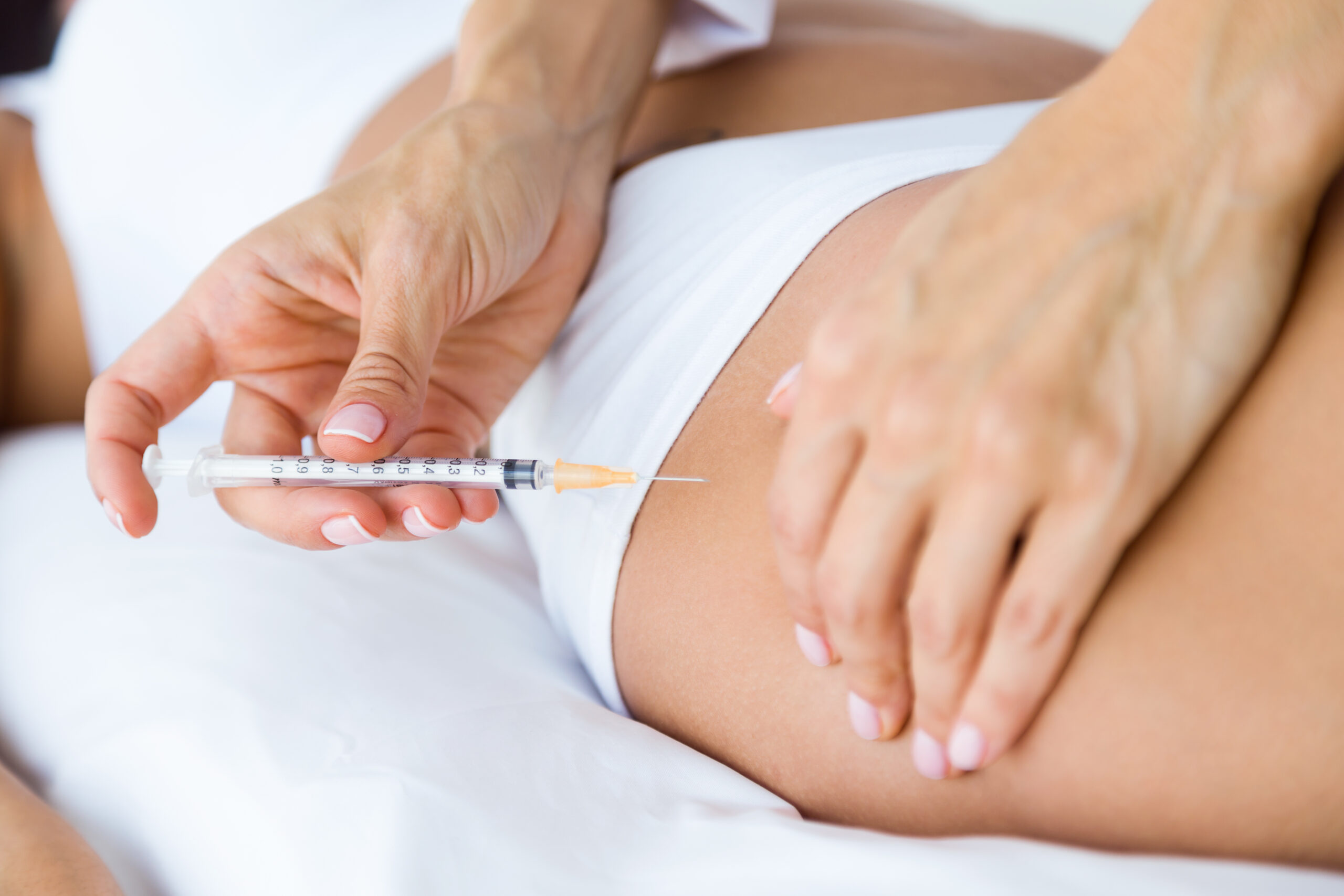
In hospital conditions, glucose is administered intravenously. Treatment of hypoglycemia consists primarily of removing its causes and eliminating its symptoms.
In the event of hypoglycemia leading to loss of consciousness, seek professional medical help immediately. Treatment may then include intravenous administration of simple sugar solutions and additional measures aimed at combating the causes of hypoglycemia.
The solution described above is usually sufficient, i.e., consuming products containing simple sugars![]() . As mentioned before, you can eat candy or a high-sugar drink for this purpose. It is a temporary solution, but it usually helps to quickly balance blood sugar levels, as long as the drop is smallish.
. As mentioned before, you can eat candy or a high-sugar drink for this purpose. It is a temporary solution, but it usually helps to quickly balance blood sugar levels, as long as the drop is smallish.
In the case of severe episodes, first aid for hypoglycemia looks different. When glucose falls significantly below normal, even loss of consciousness may occur. In such a situation, relatives must immediately call an ambulance and place the patient in the safe position. Rescue procedures are usually based on intramuscular administration of glucagon and intravenous administration of glucose.
As already mentioned, the basis for treating hypoglycemia is an appropriate diet![]() . It is particularly important in the case of reactive hypoglycemia, in which meals have the greatest impact on sugar level fluctuations.
. It is particularly important in the case of reactive hypoglycemia, in which meals have the greatest impact on sugar level fluctuations.
Recommended heat treatment methods are boiling, steaming, stewing, and baking. Meals should be eaten regularly, approximately 4-5 times a day. Long periods of fasting should be avoided.
It will be beneficial to give up sweets (including confectionery), sweet drinks (including milk), and alcohol (the risk of hypoglycemia increases when drinking alcohol without a snack).
On the other hand, some individuals struggling with hypoglycemic attacks try a ketogenic diet. Its task is to familiarize the body with energy from fats instead of carbohydrates. However, it may have the opposite effect![]() . Always consult any diet change with the specialist first. A diet high in fat causes various side effects, and hypoglycemia may be one of its side effects.
. Always consult any diet change with the specialist first. A diet high in fat causes various side effects, and hypoglycemia may be one of its side effects.
When a disease causes hypoglycemia, the disease should be treated using the methods recommended by the attending physician.
Eliminating the causes of hypoglycemic episodes reduces the risk of their recurrence. Additionally, hypoglycemia prevention![]() should be supported by an appropriate diet and proper eating habits.
should be supported by an appropriate diet and proper eating habits.
This method is also indispensable in the case of reactive hypoglycemia and is one of the most effective methods of therapy. The main point is to avoid products with a high glycemic index, which stimulates the sudden production of insulin and its release into the body.
Products with low GI do not cause such a violent reaction. Thanks to this, sugar level fluctuations are smaller. As mentioned, people who tend to drop glucose levels are also recommended to eat frequently because sugar drops usually occur 2-3 hours after a meal.
Eating small portions at intervals of no more than 3 hours helps keep your sugar levels even throughout the day.
Table of Contents
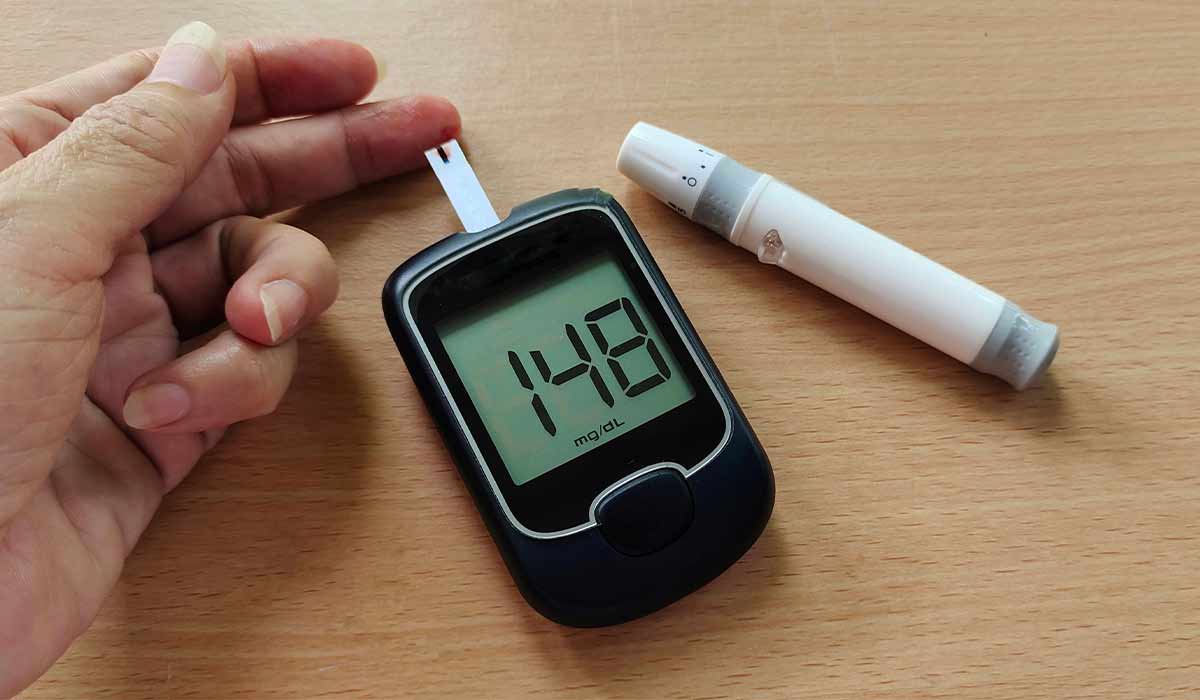
When blood glucose levels are too high, it leads to a hyperglycemia. Discover effective ways to reduce your sugar levels… read more »
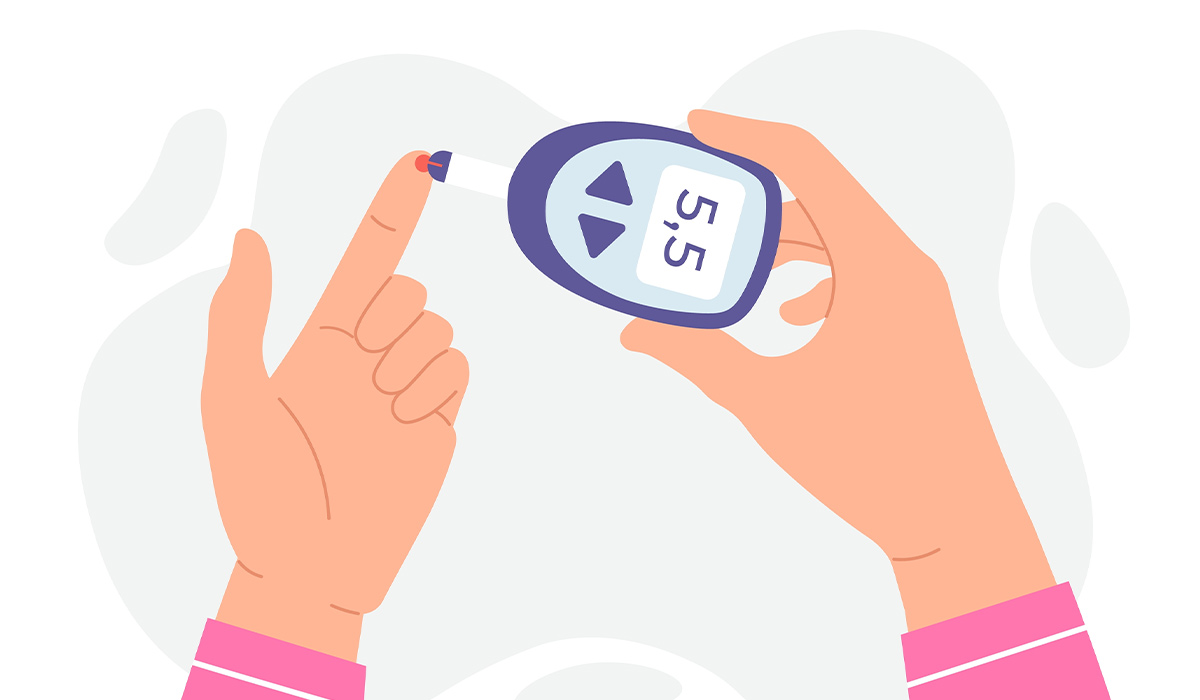
Normal blood glucose concentration is an important determinant of our health. Learn what are the symptoms of too high or… read more »
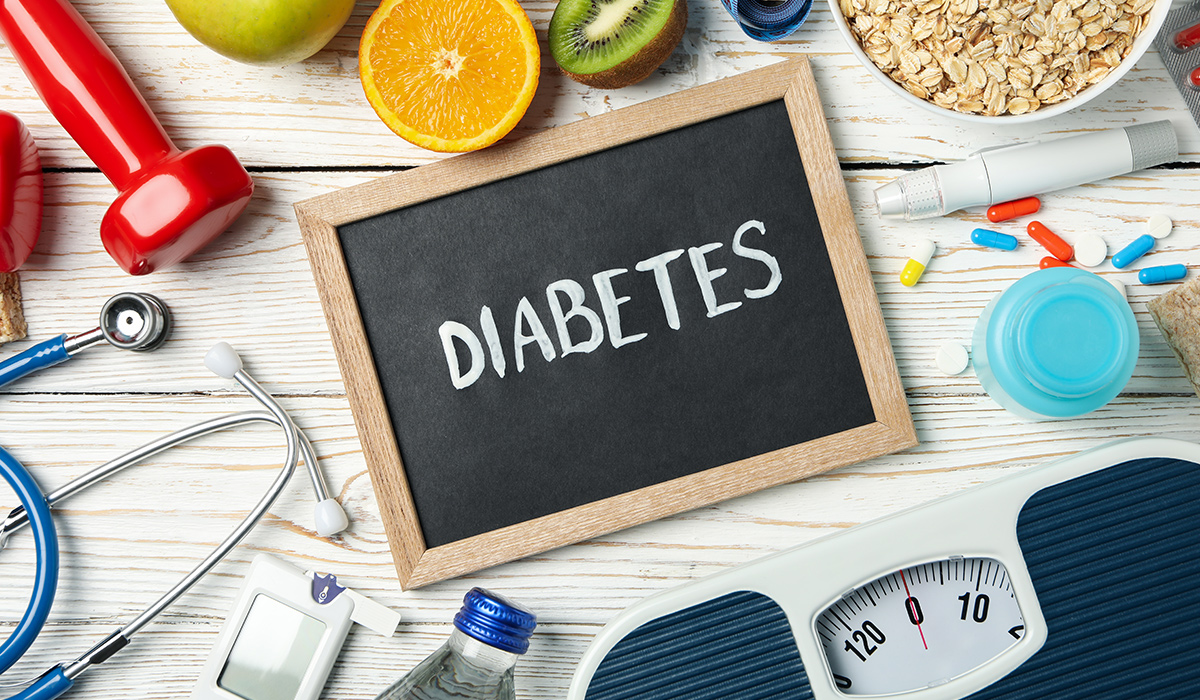
Diabetes is a disease involving elevated blood glucose levels. What are the causes of diabetes? How can it be treated?… read more »

Gestational diabetes is a condition in which the blood sugar levels are high during pregnancy. If left untreated, it can… read more »

Sugar is a delicious food ingredient that gives you energy. Unfortunately, some types of sugar have been linked to dangerous… read more »
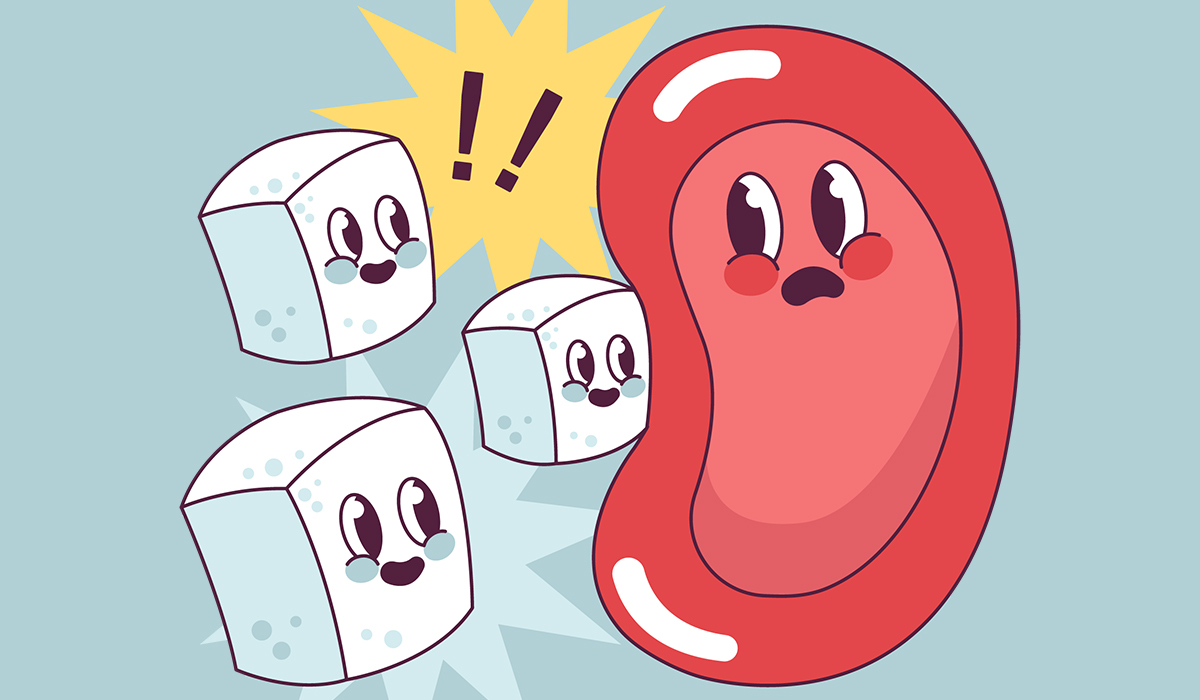
Prediabetes happens when the sum of sugar in your blood is higher than normal but not yet at the level… read more »
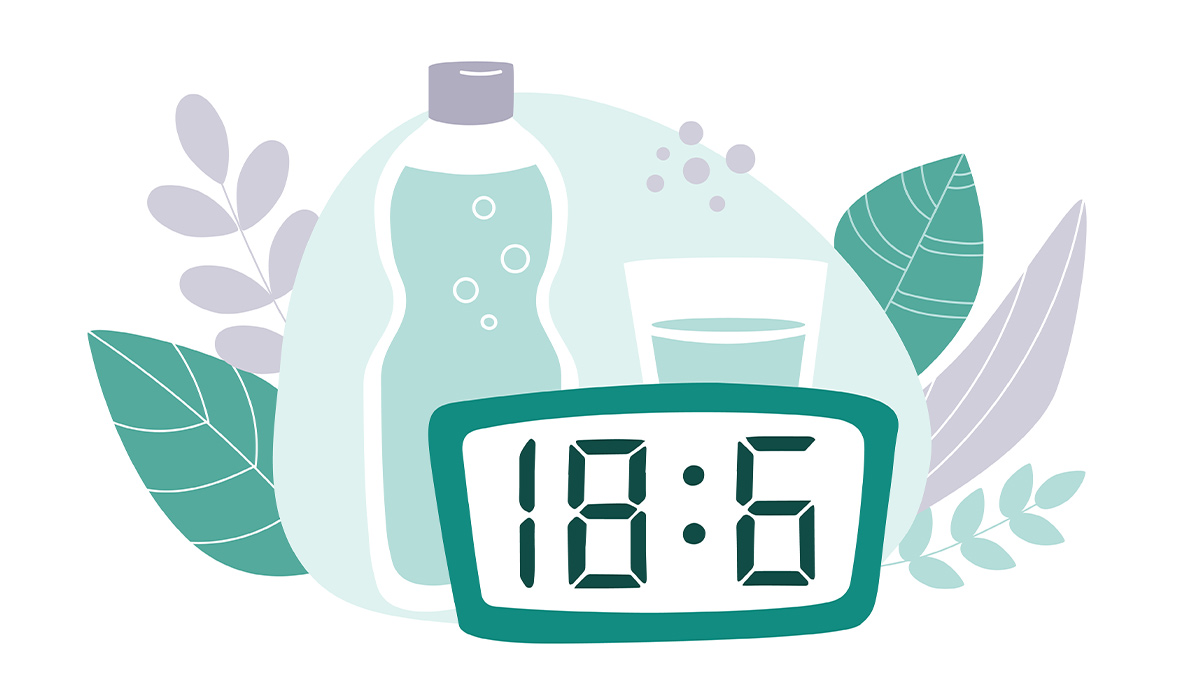
Intermittent fasting is a form of fasting that involves skipping meals for a set period of time. In this article… read more »
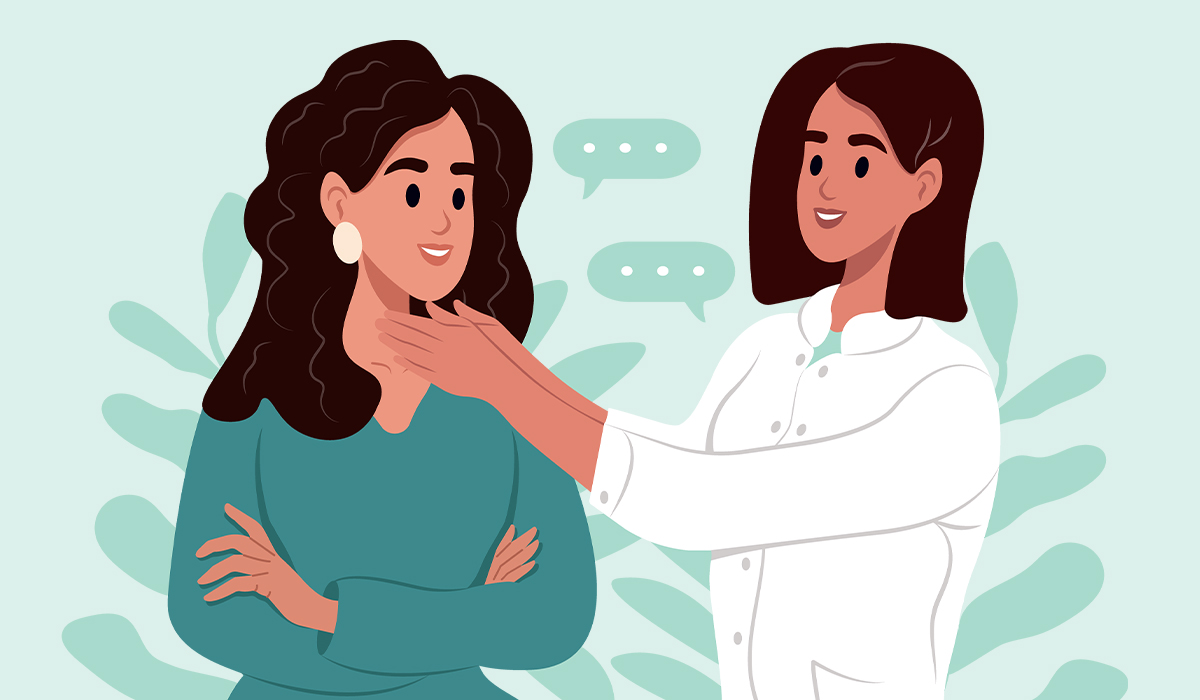
An endocrinologist is a doctor who deals with the organs that secrete hormones. Learn about diseases that are related to… read more »
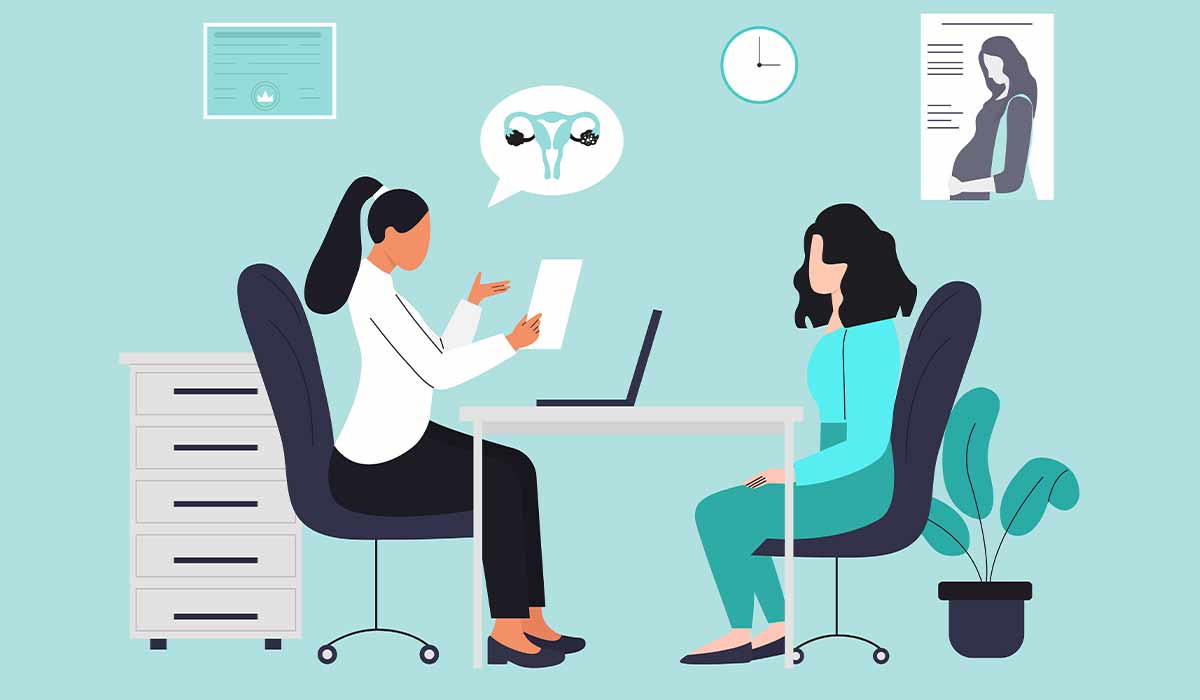
Polycystic ovary syndrome (PCOS) manifests itself with a number of physical and psychological symptoms. It is caused by hormonal disorders. read more »